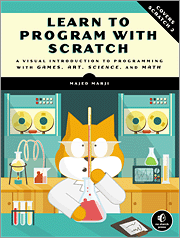Inspired by the apparantly untrue tale that eBay was invented to let founder Pierre Omidyar’s then fiancée trade Pez dispensers, one of the first things I used the site for was to track down a beloved toy from my youth: the View-Master. And despite how the world and technology had changed in the intervening *cough* couple of years *cough*, it was still a bit magical to look at those 3D images again.
Roll on another *cough* couple of years *cough* (it’s very dusty in here, isn’t it?), and View-Master has arrived in the 21st century with a virtual reality (VR) compatible version of their iconic viewer – complete with a little clicky lever on the side for interaction/navigation. 🙂 You’ll need an iPhone/Android phone and apps to do anything with it: it’s pretty much a plastic version of Google Cardboard, but has springs and latches and a wriststrap to keep your phone that little bit more protected (though they do call out that the View-Master is not designed to be a protective case).
Continue reading “Virtual Reality”
